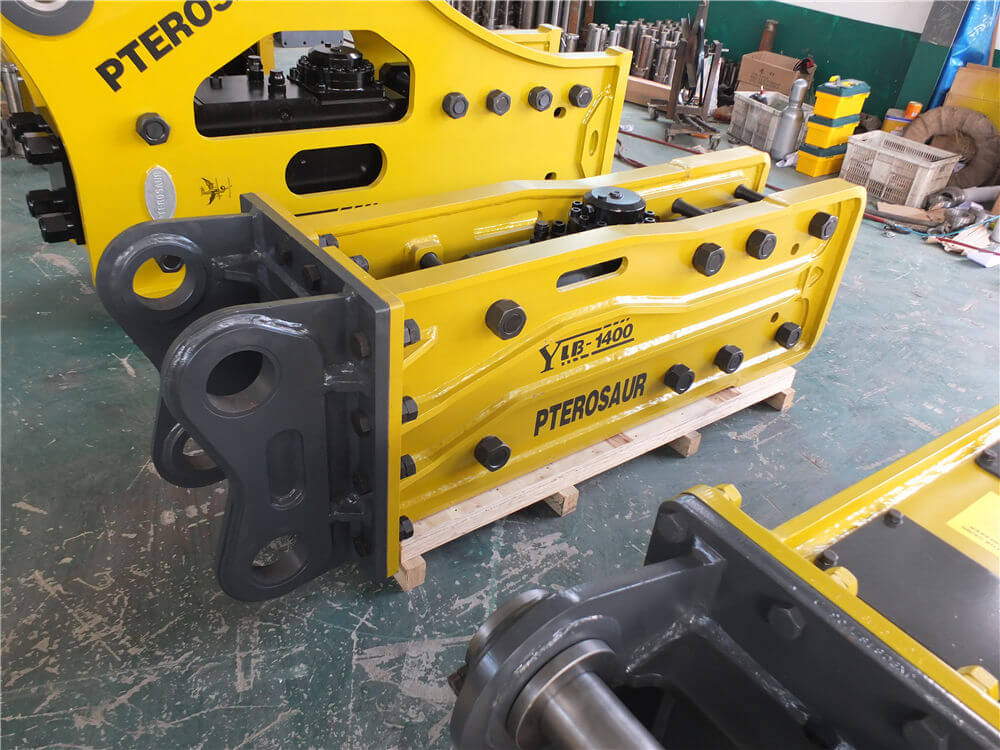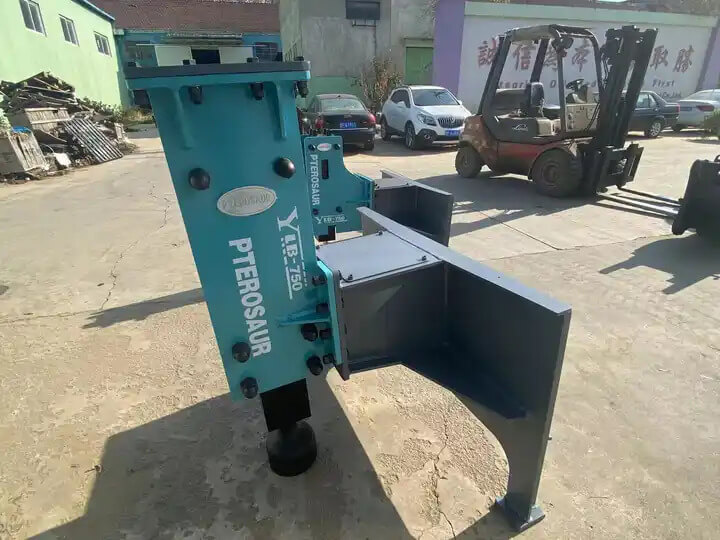The Power of Hydraulic Breaker Hammers in Demolition Projects
In the realm of construction and demolition, hydraulic breaker hammers stand out as indispensable tools that significantly enhance productivity and safety on job sites. This article delves into the functionalities, applications, and best practices associated with hydraulic breaker hammers, particularly focusing on their role in concrete demolition.
What are Hydraulic Breaker Hammers?
Hydraulic breaker hammers, commonly referred to as hydraulic breakers, are powerful attachments designed for excavators. They utilize hydraulic power to deliver high-impact force, making them ideal for breaking concrete, rock, and other tough materials. The efficiency of these tools has made them a preferred choice in various demolition projects, from urban sites to tunnel excavations.
Versatility and Applications
One of the defining features of hydraulic breaker hammers is their versatility. They are utilized in numerous applications, including:
- Concrete Demolition: Hydraulic breakers are primarily used for breaking down concrete structures. Their high-impact capability allows for rapid demolition, which can significantly reduce project timelines.
- Quarrying: In quarry settings, hydraulic breakers are essential for fragmenting large rock formations, facilitating easier extraction and processing of materials.
- Urban Demolitions: These tools are ideal for urban environments where space is limited, and precision is necessary. Their ability to break concrete without causing excessive vibration makes them suitable for use near existing structures.
Choosing the Right Hydraulic Breaker
Selecting the right hydraulic breaker for your excavator is crucial for ensuring efficiency and effectiveness in your demolition projects. Factors to consider include:
- Weight and Size: The hydraulic breaker must match the excavator’s weight class to prevent damage and ensure optimal performance.
- Impact Energy: Different projects require different levels of impact energy. Understanding the specific needs of your demolition task will guide you in selecting a breaker that delivers the right force.
- Attachment Compatibility: Ensure that the hydraulic breaker is compatible with your excavator model. This can prevent potential issues during operation.
Best Practices for Safety and Efficiency
To maximize the benefits of hydraulic breaker hammers while ensuring safety, consider the following best practices:
- Training: Operators should receive proper training in handling hydraulic breakers to prevent accidents and ensure effective use.
- Maintenance: Regular maintenance of hydraulic breakers is essential for maintaining performance and extending the equipment’s lifespan. This includes checking hydraulic fluid levels and inspecting for wear and tear.
- Safety Gear: Operators should always wear appropriate personal protective equipment (PPE), including gloves, helmets, and ear protection, to safeguard against potential hazards.
Innovations in Hydraulic Breaker Technology
The hydraulic breaker industry is continuously evolving, with manufacturers introducing innovative designs and features to enhance performance. For instance, the latest models include advanced hydraulic systems that improve impact efficiency and reduce noise levels. Companies like Tank Hydraulic Breaker and Indeco are at the forefront of this innovation, offering high-quality products that cater to the diverse needs of the demolition sector.
Conclusion
Hydraulic breaker hammers are vital tools in the demolition industry, known for their power, versatility, and efficiency. By choosing the right hydraulic breaker and adhering to safety practices, contractors can ensure successful and timely completion of demolition projects. As technology progresses, the capabilities of hydraulic breakers will only enhance, solidifying their role as indispensable assets in construction and demolition. Whether you are working on a small urban project or a large-scale quarrying operation, investing in the right hydraulic breaker can make all the difference in achieving your project goals.



































